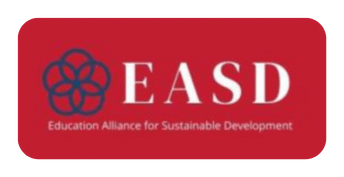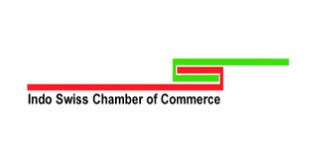SLX has launched Live Master Classes with deeper insights into sustainability, by industry experts. Enroll for the 45-minute session for free!

The certification course offers input from various experts from the industry. The course is validated globally with an industry-validated skills framework.

Do you want your job to be value-oriented? Or would you like your present job to shift focus towards meaning and value? Take this certification course and build what you are looking for!

The certification course will diversify your skillset. This will help you find better work opportunities in better companies!
The sessions will be delivered by world class faculty members with vast experience in the field of education and sustainability.
Our Certifications will help you integrate sustainable development processes and practices with ease into your deliverables & activities.
Our certification courses have comprehensive reference material on Sustainability, ESG, and many related topics.




Plastic pollution is real, and enough has been said and written about it. To put things into perspective, once again, 50 billion tons worth of plastic will be manufactured by the year 2050. Most of these plastics are single-use plastics. With plastic turning into being such an integral part of our everyday life, it is time we look into ways to curb the plastic menace and contain the plastic pollution.
While the best way would be to clearly reduce and eventually stop using plastic altogether; it will be fruitful to look into other viable and practical ways to handle the plastic problem. Environmentalists often campaign for reusing and recycling plastics as feasible ways of containing this man made crisis.
Read: Are You Eating Fish or Plastic?
When it comes to reducing the plastic footprint, it is essential that proper awareness drives are conducted and conscious lifestyle changes are put into place. It starts with something as basic as:
Yes, carrying your own reusable cloth bag is the simplest and easiest first step towards a plastic-free world. Most grocery stores provide plastic bags which are not used the second time by customers adding to the plastic waste around us. The same goes for water bottles and refusing to use plastic cutlery as well. If you think about it, these are small changes which once introduced in our lives, will force manufacturers and decision makers to come up with more sustainable ways of packaging and selling goods.
Watch: 5 Ways to Reduce Single-use Plastic
Being resistant in nature, plastics can be reused in several ways. Reusing and repurposing plastic items should be the natural step once you possess plastic. There are several websites and videos dedicated solely to guiding you on how plastic products like bottles can be reused as storage cans, drip irrigators, bird feeders, and even party décor items. All that is needed is a resolve to reuse the plastic before dumping it to the waste bin. In cases wherein you cannot reuse plastic, the best way to move forward is to donate it.
 Reusing of plastic not only minimizes the environmental impact of plastic pollution, it even saves your money, and most of all brings down the demand for new plastic to be manufactured.
Reusing of plastic not only minimizes the environmental impact of plastic pollution, it even saves your money, and most of all brings down the demand for new plastic to be manufactured.
Eventually the plastic which you reused has to be disposed. Recycling the plastic, instead of dumping it into the trash is seen as the most appropriate way to handle plastic pollution. According to the Environmental Protection Agency (EPA), producing new plastic from recycled material uses only two-thirds of the energy required to manufacture it from raw materials. The recycling of plastic involves collecting the plastic waste and reprocessing it into new products. By recycling, not only do we bring down the number of new plastic manufactured; but we can also reduce the amount of plastic in the waste stream.
To sum up the dialogue on plastic pollution,
Every small step towards preventing plastic pollution will take us closer to achieving our sustainable development goals 11 (sustainable cities and communities), 12 (responsible consumption and production), 13 (climate change), 14 (life below Earth), 15 (life below Land). As a society it is our responsibility to make efforts towards meeting these goals and building a better ecosystem.
Browse Our Courses to Know More about Sustainable Development